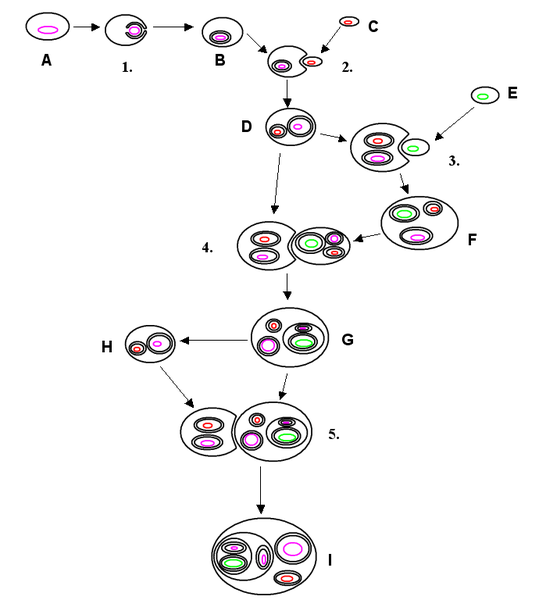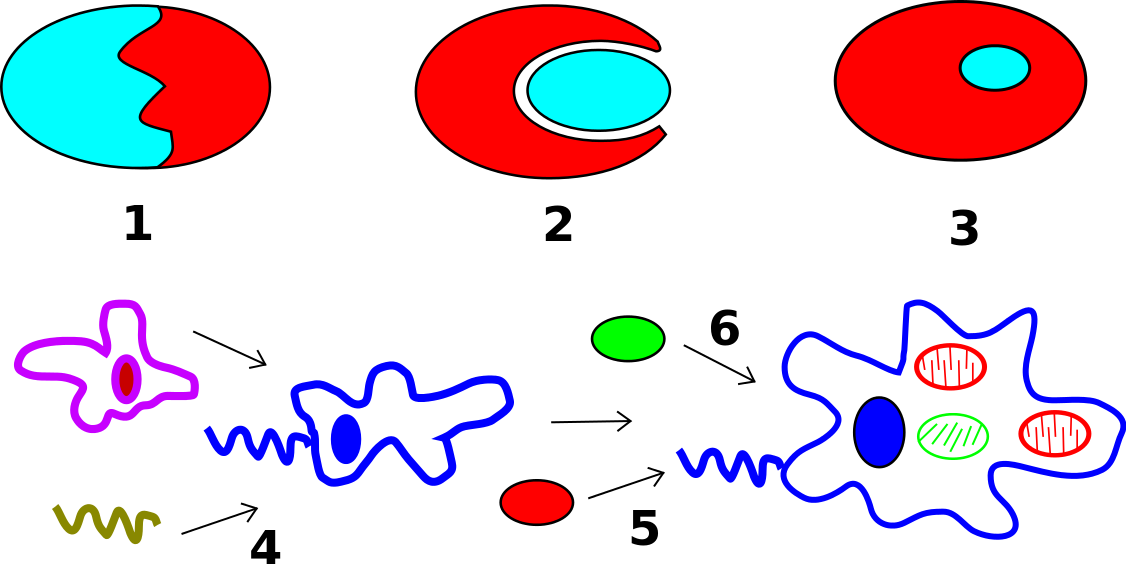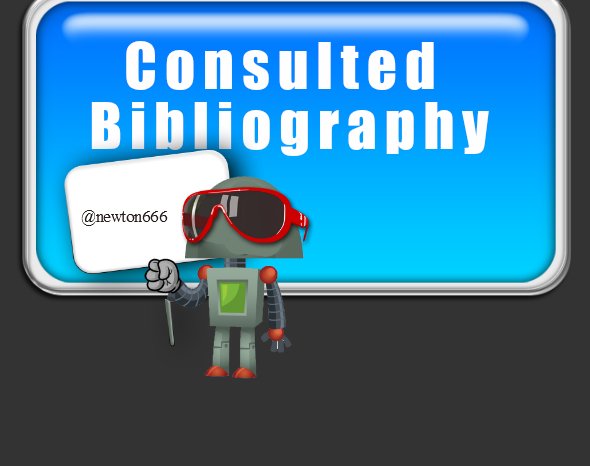Theory Approach Serial Endosymbiosis
On this occasion, fellow lovers of scientific popularization, I bring you a very important content in the field of biology, such as the revolutionary theory "Serial Endosymbiosis" proposed by the microbiologist Lynn Margulis, affirming that a new cell, this appeared among 2,2000. 000 to 2.1000.000 years, sharing the cellular content of all plants and animals in the multicellular order, with the sense of understanding that it was not a genetic mutation but rather the origin of a symbiosis.
This researcher in her theory of serial endosymbiosis (Margulis, 2003), also suggests that the first eukaryotic cell on earth was formed by the fusion of a bacterium from the archaea domain with another from the group of spirochetes. It was these eukaryotic cells that engulfed, sequentially, the proteobacteria (which became the current mitochondria) and the cyanobacteria (which gave rise to the plastids). Information consulted in From Stephen Hales to molecular biology: Reflections on ... by Juan Segura García del Río, 2003.

Origin of algae by serial endosymbiosis, source image from wikipedia domain.
What is fascinating about this great contribution in the field of biology is to show, how the transition from prokaryotic cells to eukaryotic cells using the mechanism through the symbiotic incorporation of bacteria, is why the symbiotic appearance between the two races of bacteria eventually leaves an information, where the different origin of the intruder so to speak, since they are getting rid of that bacteria corresponds to the mitochondria, which are part of our cells, being clear that they have a separate DNA, that is why It is proposed that the plant kingdom were born or has its origins using as a support a host cell which is nucleated, where it is in turn invaded, so to speak, by cyanobacteria, organisms that resist sunlight, which can also produce oxygen. It was evidenced that cyanobacteria remain as chloroplasts, which gives new cells with the power to produce energy at the cellular level, through the absorption of water, apart from that it also maintains its own DNA. By the symbiogenetic union of bacteria, the cells that make up the individuals of the other four kingdoms (protists, animals, fungi and plants) originated.

Chimeric models of the origin of Eukarya, above: 1-Fusion, 2-Symbiosis, 3-Ingestion and endosymbiosis. Below: Theory of endosymbiosis series: 4-Fusion of an archaea and a spirochete, 5-Acquisition of mitochondria. 6-Acquisition of chloroplasts., Source image wikipedia domain.
The nucleotide sequence of the DNA of the plastids of the algae cells with the sequences of the free-living cyanobacteria, DNA of the cyanobacteria was discovered that to the DNA of the nucleus of the algae cell itself, the case was closed, the Trilateral comparison of these DNA sequences (from the nucleus of the organelle and the condescending free-living organelle) demonstrated the bacterial origin of the plastids. An analogous case was opened for that less colorful organelles, the mitochondria. Information consulted in A revolution in evolution by Lynn Margulis, Juli Peretó, 2002.
Another great contribution within this context in which it nourishes us is the following information, companions, that thanks to this theory shows us that only plastids had the ability to evolve from bacteria under the scheme of the order of symbiotic photosynthetics, in addition this also that the mitochondria and another organelle of that similarity had their beginnings without the call of a proper mediation of the symbiosis, since the genes left the cell nucleus.
The symbiotic feedback that gave cells the ability to move, involving them to perform photosynthesis, where it exposes two well-developed organisms in which they adapt, where they share reactions such as reproduction at the sexual level, where symbiosis is They mate to create a new cell, that is why there is a compilation at the micro-cellular level, as part of a link where symbiotic cooperation persists, an example is like the following: the so-called anaerobic (or thermoacidophilic) archaea, which this merge with a swimming bacterium, in such a way they were coupled to give rise to a nucleocytoplasm, leaving as evidence the base substance of the ancestors in which the cells are included: animals, plants and fungi.
The symbiotic evolution that ranges from bacteria to multicellular organisms according to Margulis, also evidenced the existence of a plasma membrane that allows phagocytosis, which in turn the protein synthesis that they carry out is autonomous. Thanks to these contributions, it is currently accepted by the discovery of some organelles, including chloroplasts and mitochondria in which they have their own DNA, in which it is widely systematized to carry out replication, as well as mitochondria and chloroplasts. the energy collection centers are located in the membranes, just as it happens in bacteria.
Chloroplasts are an organelle in all eukaryotic organisms that carry out photosynthesis, mainly in plants, in fact, photosynthesis as such takes place in these organelles. According to the theory of serial endosymbiosis, its origin is in oxygenic photosynthetic bacteria, and the circular DNA that these organelles possess, similar to bacterial DNA, confirms this.
Information consulted in Paleontology in 100 questions by Adriana Oliver Pérez, Francesc Gascó Lluna, 2018.

[1] - Current issues in evolutionary biology by Alfredo Ruiz, Mauro Santos, 1990.
[2] - A revolution in evolution by Lynn Margulis, Juli Peretó, 2002.
[3] - From Stephen Hales to molecular biology: Reflections on ... by Juan Segura García del Río, 2003.
[4] - Paleontology in 100 questions by Adriana Oliver Pérez, Francesc Gascó Lluna, 2018.
